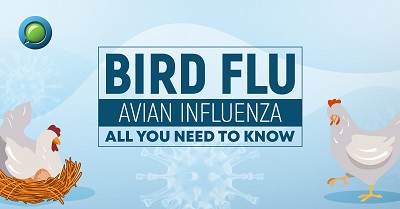
Namib horses face extinction

The wild feral horses of the southern Namib are in danger of extinction. Over the past three seasons, not a single foal has survived, and with the current drought, grazing conditions are so poor, the emaciated animals have become easy prey for spotted hyenas. The remaining population of about 160 animals, is supplied with feeding by the Namibia Wild Horse Foundation.
Feeding the horse is expensive. The foundation relies on donations in cash and in kind, especially fodder but due to the severity of the drought, all farmers have been affected and fodder is scarce.
The foundation said there is little grass left in the horses’ range. Fences in the south and east restrict them from moving further inland to areas that received scattered rainfall. The foundation and friends of the wild horses’ hopes for late summer rain have unfortunately not been realised, leaving the desert barren at the beginning of winter. It will therefore become necessary to increase the feed to provide half to three quarters of their nutritional requirements. As much of Namibia is dry, grass and lucerne will most likely have to be bought in South Africa, which is a costly affair.
“The wild horses have lived in the Namib Desert for over a century. Originating from the well-bred stock from the Kubub stud farm and the horses abandoned at the Garub base by the Union soldiers in 1915, the population has wavered between 50 to 300 horses over the hundred years of their existence. The desert extremes have honed their genes, creating a hardy resilient breed that has adapted its behaviour to survive in its desert environment. The horses live harmoniously in fluid and fluctuating family groups, building bonds with other members that last a lifetime. Over the years they have become one of the main attractions in southern Namibia and thousands of tourists visit the Garub waterhole near Aus annually to witness the horses galloping to the water across the Garub plains. They continue to be a source of inspiration for all and have come to represent the Namibian attributes with their wild, rugged beauty” according to the foundation.
A non-profit organisation, the Namibia Wild Horses Foundation was established in 2012 to monitor the well-being of the horses and to marshal funding to provide feed for the horses should the need arise in the drier cycles common to the arid country. It works closely with the Ministry of Environment and Tourism and comprises members from the tourism, veterinary and environmental-management and research sectors. The horses have been studied extensively over the last twenty years by Dr Telané Greyling, who adds her expertise to the foundation.
According to Dr Greyling, it is necessary to maintain a population of at least 50 mares and 50 stallions to preserve the genetic integrity of the Namib horses. The population is presently around 160 horses, having lost more than 100 horses – mainly the young and old – since the beginning of the drought.












































